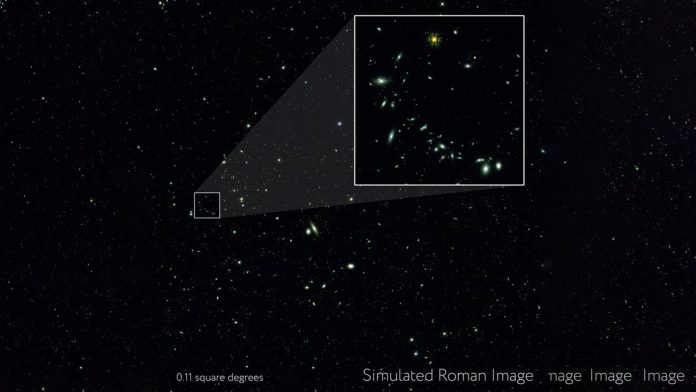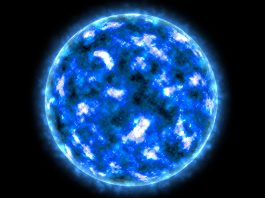Using supercomputers, scientists have created nearly four million simulated images depicting the cosmos as NASA’s Roman mission will see it.
The team is now releasing a 10-terabyte subset of data from the Roman mission, with the remaining 390 terabytes to follow once they’ve been processed.
“Using Argonne’s now-retired Theta supercomputer, we accomplished in about nine days what would have taken around 300 years on your laptop,” said Katrin Heitmann, a cosmologist and deputy director of Argonne’s High Energy Physics division.
“The results will shape Roman’s future attempts to illuminate dark matter and dark energy while offering other scientists a preview of the types of things they’ll be able to explore using data from the telescopes.”
Revealing the most accurate data from the Roman mission
For the first time, this simulation factored in the telescopes’ instrument performance, making it the most accurate preview yet of the cosmos as Roman will see it.
The simulation’s precision is important because scientists will comb through the observatories’ future data in search of tiny features that will help them unravel the biggest mysteries in cosmology.
The Roman mission will explore dark energy, the mysterious force thought to be accelerating the Universe’s expansion. Simulations made from the study can help us to understand signatures that each instrument imprints on the images and iron out data processing methods now so they can decipher future data correctly.
Jim Chiang, a staff scientist at DOE’s SLAC National Accelerator Laboratory, explained: “The research gives us a chance to exercise our processing pipelines, better understand our analysis codes, and accurately interpret the results so we can prepare to use the real data right away once it starts coming in.”
Ramping up observations after the launch
The project will ramp up further once the Roman mission begins observing the Universe.
“We’ll use the observations to make our simulations even more accurate,” Kiessling said.
“This will give us greater insight into the evolution of the Universe over time and help us better understand the cosmology that ultimately shaped it.”
The full simulation, which will be released later this year, will span 70 square degrees, which is about the sky area covered by 350 full moons.
The project, along with other simulation tools being developed by Roman’s Science Operations and Science Support centres, will prepare scientists for the large datasets expected from the Roman mission.









